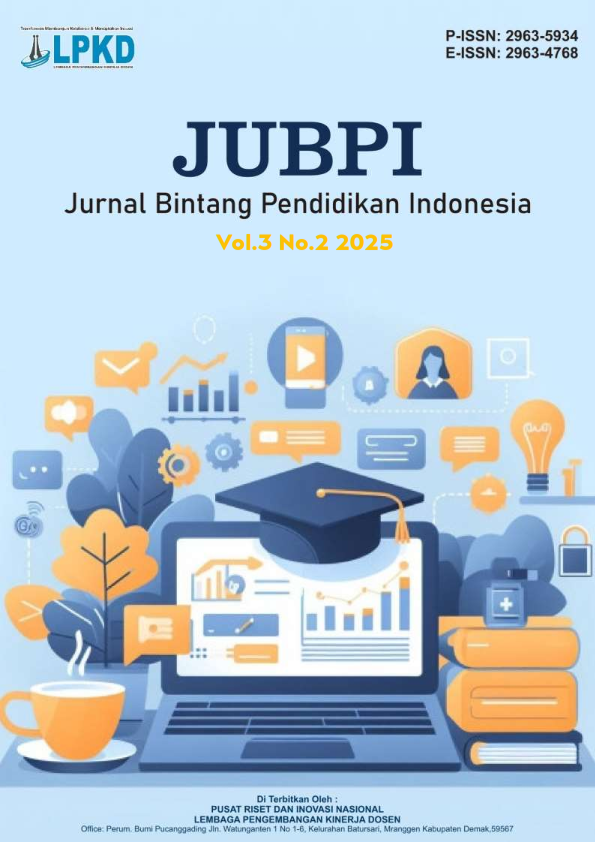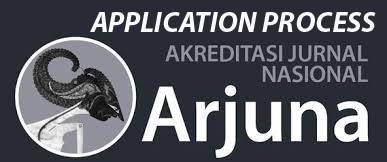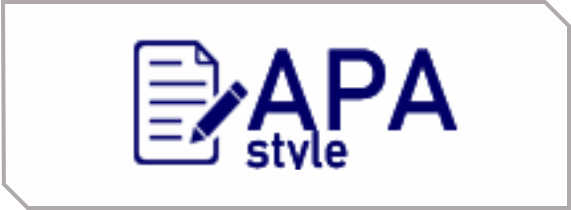Penggunaan Bahasa Formal dan Informal pada Organisasi Himpunan Mahasiswa Islam (HMI) FIS Unimed
DOI:
https://doi.org/10.55606/jubpi.v3i2.3831Keywords:
Formal Language, HMI FIS Unimed, Informal Language, Organizational CommunicationAbstract
This study aims to examine the use of formal and informal language in communication in the Islamic Student Association (HMI) FIS Unimed, as well as the factors that influence and its impact. With a descriptive qualitative approach, data were obtained through in-depth interviews with active members. The findings of the study indicate that formal language is chosen in meetings and official events to create a professional atmosphere, while informal language is more often used in daily interactions to strengthen relationships between members. The choice of language type is influenced by the context of the situation, relationships between individuals, and communication goals. However, there are challenges for some members who have difficulty distinguishing when to use formal language in official events and when to use informal language in casual situations. The use of balanced formal and informal language is very important to achieve effective communication and strengthen solidarity among members. Therefore, it is recommended that there be further socialization and mentoring so that members can better understand and apply the communication norms that apply in the organization.
Keywords:
References
Balqissyah, et al. (2024). The use of formal and informal language in daily life among students of the Faculty of Education, Universitas Negeri Medan. Jurnal Riset Ilmu Pendidikan, Bahasa dan Budaya, 228-241.
Febriana, I., et al. (2024). The role of the Indonesian language in internal organizational communication management in Indonesia. Jurnal Review Pendidikan dan Pengajaran, 1-9.
Hafidin, R. (2022). Ethnographic study of communication in the form of greetings among members of Himpunan Mahasiswa Islam (HMI). Jurnal Deskripsi Bahasa, 111-120.
Halim, et al. (2024). The effect of formal and informal communication on the work productivity of civil servants at the Human Resources Empowerment Personnel Agency of Central Lampung Regency. Jurnal Ilmiah Manajemen, 327-340.
Haminun. (2020). The influence of formal and informal communication on the work effectiveness of general administration and personnel staff at the Kabupaten Banggai Unit. Jurnal Ilmiah Clean Government, 217-225.
Hasanah, N., et al. (2020). Analysis of language variation in social network communities on WhatsApp: A sociolinguistic study. Educational Languages and Literature Studies, 26-32.
Herisetyanti, et al. (2019). Language variations in speech components. Jurnal Ilmu Komunikasi Indonesia, 1-15.
Mailani, O., et al. (2022). Language as a communication tool in human life. KAMPRET Journal, 01-10.
Nurhasanah, N. (2024). The influence of slang on the Indonesian language. Forum Ilmiah, 15-21.
Rahma, et al. (2024). The role of the Indonesian language in leadership communication within corporate management organizations. Journal of Social Science Research, 3999-4011.
Rosyid, et al. (2022). The influence of formal and informal organizational communication on job satisfaction among permanent employees in the technical and processing department at PT. Perkebunan Nusantara X (Persero) Gudang Ajong Gayasan Jember. Artikel Ilmiah Hasil Penelitian Mahasiswa, 1-11.
Sulaeman, D. A. (2023). Organizational communication in enhancing the work ethic of the board members of Himpunan Mahasiswa Islam (HMI) Cabang Sukabumi. Jurnal Ilmu Komunikasi, 135-159.
Ulfiyah, et al. (2023). Formal and informal communication in communication networks. Journal on Education, 6619-6628.
Utami, & Budiartha. (2024). The use of formal and informal English by English literature students during classroom presentation interactions. SEMNALISA, 349-360.
Wardani, et al. (2024). Analysis of the use of formal and informal Indonesian language in student communication at Universitas Negeri Medan. Jurnal Penelitian dan Pengabdian, 200-205.
Downloads
Published
How to Cite
Issue
Section
License
Copyright (c) 2025 Mhiranda Theresia Sitorus, Muhammad Izhar Tumanggor, Samiullah Putra Limbong, Suci Rohani Panjaitan, Nurul Azizah

This work is licensed under a Creative Commons Attribution-ShareAlike 4.0 International License.








